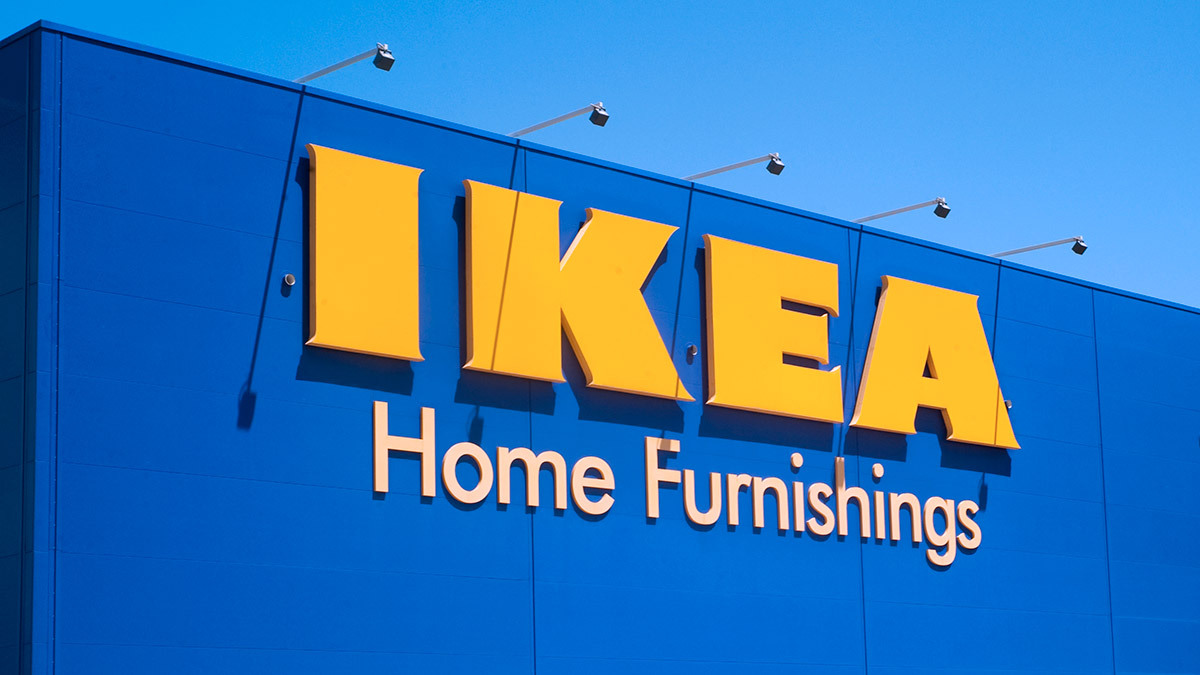Get our independent lab tests, expert reviews and honest advice.
CHOICE survey: More people using unit pricing, but price labels still too confusing

Need to know
- More shoppers are comparing unit prices but many report issues with the way stores display them
- Problems include difficult-to-read labels and a lack of consistency with measurement units
- The federal government is seeking input on how to improve the unit pricing code
On this page:
- Does unit pricing really help shoppers?
- Unit pricing is failing in many ways
- Sales can be misleading without unit pricing
- Strengthening the unit pricing code
- Have you seen unit pricing done badly?
Since CHOICE last surveyed the way Australians use unit pricing in 2022, we’ve seen concerns about the cost of food and groceries continue to trouble shoppers around the country. With more pressure on household budgets, it’s no surprise that people are keener than ever to save money where they can.
When grocery prices are high, using unit pricing becomes an important way to save money.
In fact, according to our newest survey conducted earlier this year, checking unit pricing is the second-most frequently mentioned method shoppers use to save at the checkout. But unfortunately, our survey also found that there are serious issues with the way unit pricing information is being displayed.
So what’s going on with unit pricing?
Does unit pricing really help shoppers?
The short answer is yes, but only when it’s properly applied.
Unit pricing was introduced in 2009 to help people find the cheapest option when shopping at large supermarkets (supermarkets of more than 1000 square metres and online stores are required to provide unit prices for packaged grocery items).
The unit pricing code, enforced by the ACCC, requires that the unit price must be prominent, in close proximity to the selling price, legible and unambiguous.
Our research also shows that when unit pricing information is easy to read and properly displayed, it does help shoppers choose the best value items. Unfortunately, far too often the information supplied is not as helpful as it should be.
In our recent survey, 1011 grocery buyers were asked to look at product images and tell us which one was the best value for money.
When shown images without unit pricing, only 63% of shoppers picked the best value product. When unit pricing was included, that jumped to 76%.
How unit pricing helped shoppers find the best value product
In our experiment, we asked people to say which product was the best value. They were much more successful when unit pricing was included.
Product image without unit pricing
Participants were shown three Panadol products. The percentage of respondents who thought each product was the best value is listed below:
-
Panadol 500mg 48 mini caplets for $8.99
Chosen as best value by 63% of respondents. (Best value) -
Panadol 500mg 96 mini caplets for $19.49
Chosen as best value by 25% of respondents. -
Panadol 500mg 20 mini caplets for $4.49
Chosen as best value by 11% of respondents. (Worst value)
Product image with unit pricing
Participants were shown three Nurofen products with unit pricing. The percentage of respondents who thought each product was the best value is listed below:
-
Nurofen Zavance Tablets 24 pack for $6.50 (Unit price: $0.27 per tablet)
Chosen as best value by 76% of respondents. (Best value) -
Nurofen Zavance Tablets 96 pack for $27.90 (Unit price: $0.29 per tablet)
Chosen as best value by 16% of respondents. -
Nurofen Zavance Tablets 12 pack for $4.20 (Unit price: $0.35 per tablet)
Chosen as best value by 7% of respondents. (Worst value)
Unit pricing is failing in many ways
While unit pricing is designed to help shoppers, our new survey found a significant decrease in the percentage of people who are finding it useful when they’re actually browsing supermarkets.
“While almost half of shoppers are now comparing unit prices to help save money at the supermarket, an increase from 2022, we’ve seen a significant decline in people finding it useful – 61%, down from 71% in 2022. At the same time, we’ve seen an increase in people reporting labelling issues at the supermarket,” says Andy Kelly, CHOICE deputy director of campaigns and communications.
Inconsistent units of measurement (kilograms compared to grams, for example), obscured signage, illegibility, incorrect information, or simply no unit pricing information at all are commonly reported issues.
In fact, our research revealed widespread issues with the way unit pricing information is displayed in our supermarkets.
- 38% reported issues with inconsistent units of measurement
- 38% encountered unit pricing text that was difficult to read
- 32% said the unit pricing was obstructed or covered
Reinforcing these findings are the dozens of examples of poor unit pricing practice sent to us by CHOICE supporters from across the country.
“CHOICE supporters continue to send us examples of unit pricing done badly which unfortunately undermines the consumer’s ability to rely on unit pricing to choose the product that’s the best value for money,” says Kelly.
“From obscured or missing, to inconsistent units of measurement and incorrect calculations, the issues we’re seeing show that changes to the Code backed by strong penalties are long overdue.”
Sales can be misleading without unit pricing
While our survey found using unit pricing was a common way for people to save money on their groceries, buying on sale was the most frequently mentioned method.
Unfortunately, not all ‘specials’ will actually help you save. Especially if you don’t check the unit pricing to make sure you’re actually getting a good deal.
Supermarkets have conditioned consumers to search for colourful tags … but purported discounts may be illusory
“Supermarkets have conditioned consumers to search for colourful tags as indicators of value, but even with any discounts applied, those products may not be the best value for money. Purported discounts may even be illusory. Particularly when so many of us are concerned about the cost of living, comparing the unit price is the best way to ensure you’re getting the best bang for your buck,” explains Kelly.
Strengthening the unit pricing code
In September 2025, the federal government announced it was releasing a consultation paper outlining options to help shoppers make more informed choices and make unit pricing work better.
The consultation paper invited stakeholders and the wider community to share their views on options to improve unit pricing display requirements, including readability and prominence, expanding the scope of retailers covered, and addressing inconsistencies in units of measure to make it easier to compare products. It will also be asking for input on the introduction of civil penalties for non-compliance.
“CHOICE strongly recommends expanding the scope of the Unit Pricing Code so that more consumers can benefit from it, alongside strengthening the rules around when and how unit prices need to be displayed,” says Kelly.
“This will help remove common issues that undermine its usefulness, such as inconsistent units of measurement and unit prices that are too small to read, or are incorrect.
“Further, introducing shrinkflation notices will help alert consumers to when a product has reduced in size and the unit price has increased, to stop consumers being tricked into paying more than they intended.”
Have you seen unit pricing done badly?
If you think a price display is misleading, poorly displayed or otherwise fails to provide the information consumers need to find the best value, we want to hear from you.
We’re inviting you to become a unit pricing champion by telling us about your experience with unit pricing. With your help, we can continue to work to achieve a better outcome for all shoppers.





